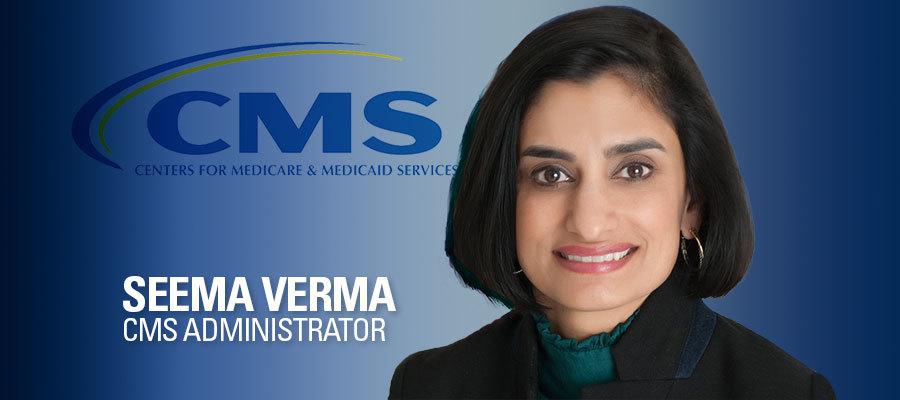CMS to speed request process for new drug, device payment codes

The Centers for Medicare & Medicaid Services will increase the number of opportunities to apply for Healthcare Common Procedure Coding System Level II codes from once per year to quarterly for new drugs and semiannually for new medical devices, the agency announced today, adding that details on the updated process will be forthcoming. Addressing the annual meeting of the Medical Device Manufacturers Association, CMS Administrator Seema Verma said, “We expect this will greatly improve the ability of innovators to accelerate through the adoption curve. On a related note, we’ve been hearing concerns that our Medicare contractors are making decisions to automatically non-cover technologies with category III [Current Procedural Terminology] codes, which are used for emerging technologies … Just this week, we posted answers to commonly asked questions about the LCD process, which explain that contractors are not authorized to make coverage determinations to automatically non-cover any item or service, and must instead follow the new LCD process for each and every local coverage decision they make.”

